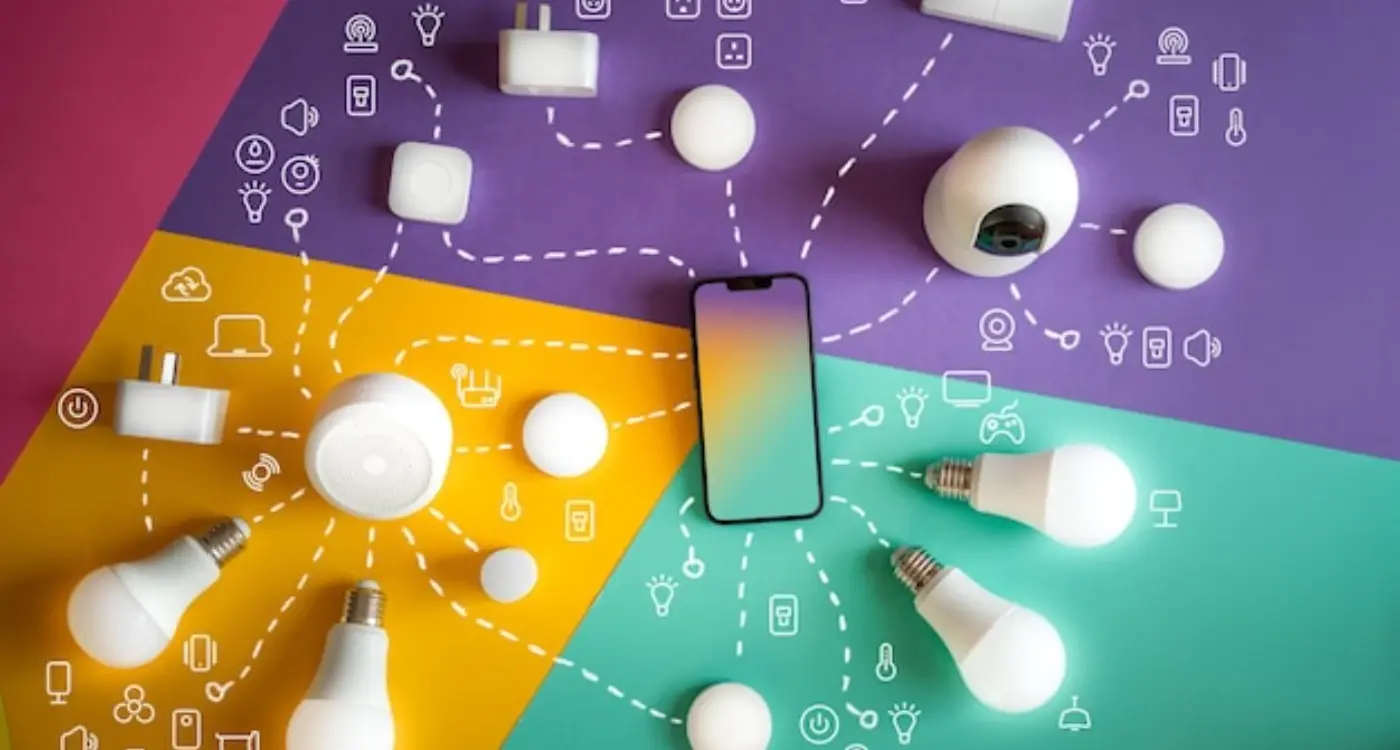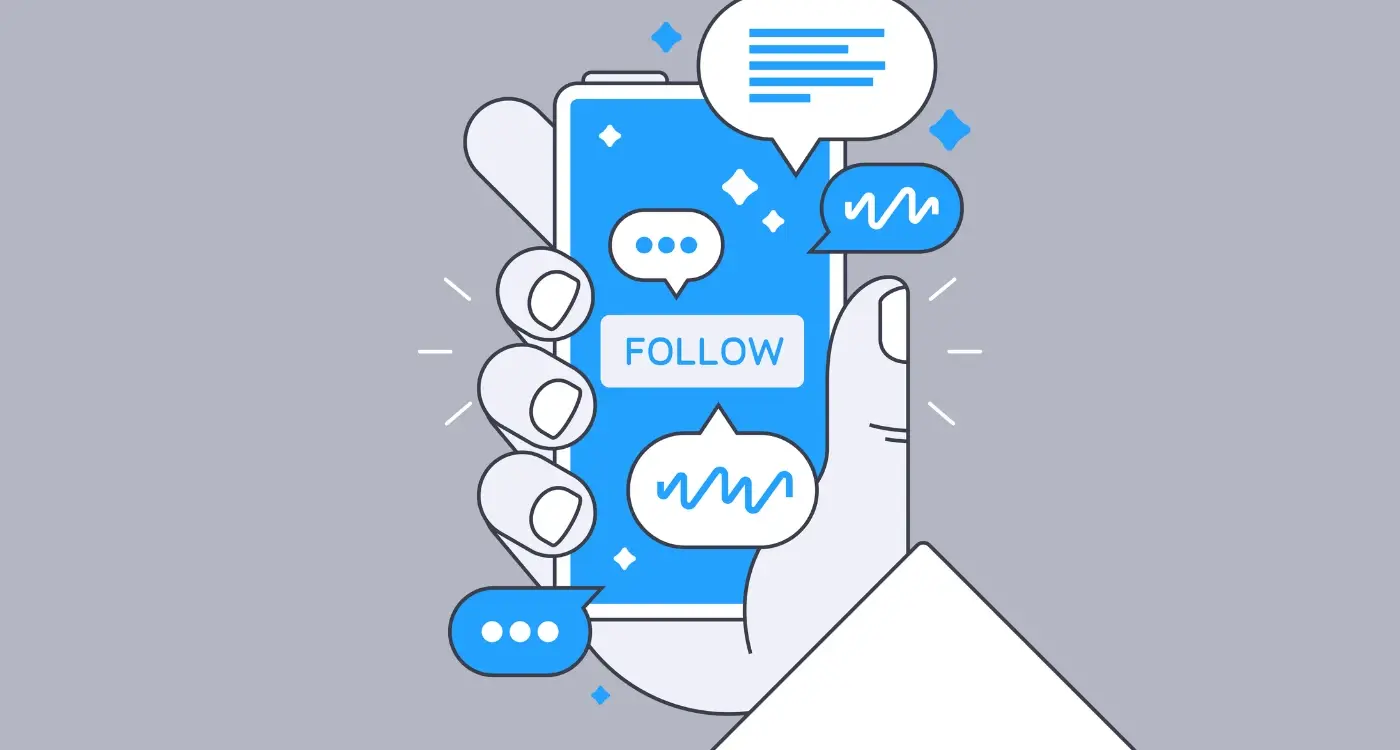How Do You Position Against Apps That Copy Your Features?
When a pet care startup launched their dog walking app with real-time GPS tracking and automatic photo updates for worried pet parents, they thought they'd found their golden ticket. The app gained decent traction in their local market—until three months later when the biggest pet services company rolled out identical features in their existing app. Suddenly, our startup wasn't just competing on features anymore; they were competing against a brand with millions of users and deep pockets.
If you've built a mobile app, this scenario probably makes your stomach churn a bit. Feature copying in the mobile world isn't just common—it's practically inevitable. The moment your app gains any meaningful traction, competitors will start dissecting what makes it tick. Some will copy your best features outright, others will "improve" on them, and the really cheeky ones will claim they invented the concept first!
But here's what I've learned after years of watching this dance play out: being copied doesn't have to be a death sentence for your app. Actually, it can be quite the opposite. The companies that survive and thrive after being copied are the ones who understand that features are just the surface level of what makes an app successful.
The real competitive advantage in mobile apps isn't what your app does—it's how it makes people feel when they use it
Throughout this guide, we'll explore practical strategies for positioning your app when competitors inevitably copy your best ideas. From building defensible moats around your user experience to turning feature copying into a competitive advantage, you'll learn how to stay ahead of the pack. Because while anyone can copy a feature, copying the relationships you build with your users? That's a whole different challenge altogether.
Why Feature Copying Happens in Mobile Apps
Let me be straight with you—feature copying in the mobile app world isn't just common, its practically inevitable. I've seen it happen to nearly every successful app I've worked on over the years. Your brilliant navigation system gets copied. Your unique onboarding flow appears in a competitor's update three months later. Even your colour scheme somehow finds its way into rival apps.
But here's the thing—there are genuine reasons why this happens, and understanding them helps you deal with it better.
The Validation Effect
When competitors copy your features, they're basically doing free market research for you. They've noticed that users respond well to what you've built. In a strange way, it's actually validation that you're on the right track. I've worked with clients who get genuinely upset about this, but honestly? It means you're winning.
The mobile app market moves fast—really fast. Development teams are under constant pressure to ship new features and stay relevant. When they see something working well in your app, copying it feels like a safe bet rather than risking time and money on unproven ideas.
Why It's Actually Not That Bad
There's also a technical reality here. Many app features aren't actually that unique from a development standpoint. Swipe gestures, pull-to-refresh, infinite scrolling—these became standard because they work well, not because one company owns them. The difference lies in execution, timing, and how well features fit into your overall user experience.
I've learned that competitors can copy your features, but they can't copy your understanding of why those features matter to your users. That's where the real competitive advantage lives.
Building Your Unique Value Proposition
Right, let's get real about what makes your app different. When competitors start copying your features—and they will—your value proposition becomes your lifeline. I've seen too many app founders panic when this happens, but honestly? It's often a blessing in disguise because it forces you to dig deeper into what really matters.
Your value proposition isn't just a fancy marketing statement; it's the reason people choose your app over the dozen others that do similar things. But here's the thing most people get wrong—they think its all about features. It's not. Features can be copied overnight. Your unique value comes from how you solve problems, who you solve them for, and why people actually care about your solution.
Start by asking existing users why they chose your app and what would happen if it disappeared tomorrow. Their answers will reveal your true value proposition.
What Makes a Strong Value Proposition
A proper value proposition has three parts that work together. First, it identifies a specific problem that genuinely bothers people—not just something you think should bother them. Second, it explains your unique approach to solving that problem. Third, it shows the outcome users can expect when they use your app.
- Specific user problem you solve better than anyone else
- Your unique approach or methodology
- Measurable outcomes users can expect
- Clear target audience who desperately needs this solution
- Proof that your solution actually works
The strongest value propositions I've worked with focus on outcomes, not features. Instead of saying "we have advanced analytics," successful apps say "you'll know exactly which content drives sales within 24 hours." See the difference? One describes what you built; the other describes what users get from it.
Focus on User Experience Over Features
Here's something I've learned after years of watching apps rise and fall—features get copied, but experiences? They're much harder to replicate. When competitors start mimicking your functionality (and they will), your user experience becomes your strongest defence.
I've seen countless apps with identical feature sets where one thrives and another struggles. The difference isn't what the app does; its how it feels to use it. Think about it—how many photo editing apps are there? Hundreds. But Instagram didn't win because it had the best filters. It won because the entire experience felt effortless and social.
User experience goes deeper than just having a pretty interface. It's about understanding your users workflow, their pain points, and the context in which they're using your app. Are they rushing between meetings? Relaxing at home? Trying to solve a problem quickly? Your app should feel like it was built specifically for those moments.
Key UX Elements That Create Competitive Advantage
- Onboarding that gets users to their first success moment quickly
- Micro-interactions that feel natural and provide helpful feedback
- Performance that works flawlessly even on older devices
- Error handling that guides rather than frustrates
- Navigation that feels intuitive to your specific user base
When competitors copy your features, they're essentially copying homework without understanding the problem you were trying to solve. They might replicate the what, but they'll miss the why. That's your opportunity. Double down on understanding your users better than anyone else, and create experiences that feel like they were made just for them.
The best part? Great UX compounds over time. Every positive interaction builds trust and habit, making it harder for users to switch—even when competitors offer similar functionality.
Speed and Innovation as Competitive Weapons
Here's something I've learned after years of watching apps get copied left and right—speed beats perfection every single time. When a competitor launches a feature that looks suspiciously like yours, your first instinct might be to panic or spend weeks planning the perfect response. Don't. The companies that survive feature copying are the ones that can move fast and keep moving.
I mean, look at how the social media giants operate. They see a feature working somewhere else, and within months (sometimes weeks) they've built their own version. But here's the thing—the original app usually still has the advantage if they keep innovating. TikTok didn't just sit there when Instagram launched Reels; they kept pushing new features and improvements at breakneck speed.
Building Your Innovation Pipeline
The secret isn't just moving fast once—it's building a system where you can consistently ship improvements faster than competitors can copy them. This means having a proper development workflow, understanding your users' needs better than anyone else, and being willing to experiment with features that might not work.
The best defence against feature copying isn't legal protection or clever positioning—it's making your competitors constantly play catch-up while you're already three steps ahead
The First-Mover Advantage That Actually Matters
Being first to market with a feature doesn't guarantee success, but being first to iterate and improve on that feature? That's where the real competitive advantage lies. Your competitors might copy what you did six months ago, but if you've already moved on to solving the next problem your users have, you're building a moat they can't cross.
Speed isn't just about coding faster—it's about understanding your users faster, making decisions faster, and learning from mistakes faster than anyone else in your space.
Legal Protection for Your App Ideas
Right, let's talk about the legal side of things—because honestly, this is where a lot of app developers get their knickers in a twist. I've had countless clients ask me about patents, trademarks, and copyrights after seeing their features pop up in competitor apps. The reality? It's more complicated than most people think.
Here's the thing about app ideas: you can't actually copyright an idea itself. What you can protect is the specific implementation, your unique code, visual designs, and brand elements. I've seen developers spend thousands on patents for basic features that were already common practice—it's painful to watch, really.
What You Can Actually Protect
Your app's source code is automatically protected by copyright the moment you write it. Your app name, logo, and distinctive branding can be trademarked. Genuinely novel technical innovations might qualify for patents, but we're talking about something truly groundbreaking here, not just "Uber but for dog walking."
The most practical protection comes from your terms of service and privacy policy. Make sure they're rock solid and regularly updated. When building certain mobile app features that have legal requirements, it's essential to understand program regulations before implementation. I always recommend working with a tech-savvy lawyer who understands mobile apps—not your mate's cousin who does property law.
When Legal Action Makes Sense
- Direct code theft or reverse engineering
- Trademark infringement (copying your brand, name, or logo)
- Exact UI/UX design replication
- Patent infringement for genuinely patented technology
- Violation of API terms if they're scraping your data
But here's my honest advice: legal battles are expensive, time-consuming, and rarely worth it for feature copying alone. Your energy is usually better spent on building something even better than fighting over what you've already built.
Communication Strategies When Competitors Copy
When competitors start copying your features—and trust me, they will—how you communicate about it makes all the difference. I've seen app founders make the mistake of going on social media rants or sending passive-aggressive press releases. Don't do this. It makes you look petty and draws more attention to your competitors.
The smartest approach? Double down on what makes you different. Instead of saying "Company X copied our notification system," say "We've been perfecting personalised notifications for three years, and here's what we've learned." See the difference? One sounds defensive; the other positions you as the expert who's been solving this problem longest.
Timing Your Response
You don't always need to respond immediately when someone copies your features. Sometimes its better to let your product speak for itself. If a competitor launches a basic version of your core feature, wait until you can announce the next evolution of that feature. Then you're not responding to them—they're trying to catch up to you.
I've worked with clients who turned competitor copying into a marketing opportunity. One fintech app we built got copied by a larger player, so we created a blog series called "The original and the imitators: A feature comparison." It was cheeky but factual, and it actually drove more downloads because it positioned them as the innovators.
Focus your messaging on your journey and expertise rather than what competitors are doing. Users care more about your story and reliability than industry drama.
Remember, when someone copies you, it validates that you're onto something good. Use that validation in your communications—but always stay professional and focus on your users' needs rather than settling scores.
Building Customer Loyalty Beyond Features
You know what? Features get copied. That's just reality in the app world. But relationships? Those are bloody hard to replicate. I've watched apps with superior features fail miserably while "inferior" apps dominated their markets—simply because they understood loyalty isn't about what your app does, its about how it makes people feel.
The most successful apps I've built focus on creating emotional connections with users. When someone opens your app, they should feel like they're coming home, not just using a tool. This happens through consistent small touches—personalised onboarding that actually remembers user preferences, meaningful notifications that add value rather than annoy, and interfaces that adapt to individual usage patterns over time.
The Trust Factor
Trust takes months to build but seconds to destroy. I always tell clients that transparency beats perfection every time. When your app has issues (and it will), communicate openly. When you're making changes, explain why. Users forgive apps they trust; they abandon apps that surprise them unpleasantly.
Here's what genuinely builds loyalty in mobile apps:
- Consistent performance that users can rely on daily
- Customer support that actually solves problems quickly
- Regular updates that improve the experience without breaking familiar workflows
- Community features that connect users with each other, not just your brand
- Data privacy practices that go beyond legal requirements
The apps that survive feature copycats are the ones that become part of users daily routines—not because they have to, but because they want to. When competitors copy your features, they can't copy the months of trust and habit formation you've built with your users. That's your real competitive advantage.
Conclusion
Look, I'm not going to sugarcoat it—watching competitors copy your app features is frustrating as hell. I've been there myself, and I've watched clients go through every emotion from anger to panic when it happens. But here's what I've learned after years in this industry: the apps that survive and thrive aren't the ones that never get copied, they're the ones that know how to respond when it happens.
Feature copying isn't going away; if anything, its become more common as development tools get better and competition gets fiercer. The key is accepting this reality and building your app strategy around it from day one. Your features will get copied—probably sooner than you think. But your user experience? Your brand? The relationship you build with your customers? That's much harder to replicate.
I've seen too many app owners waste months obsessing over competitors instead of focusing on their users. The most successful clients I work with treat feature copying as validation that they're onto something good, then immediately start working on the next thing that will set them apart. They invest in user research, they perfect their onboarding flow, they build communities around their apps.
Remember, being first doesn't guarantee success in the app world. Instagram wasn't the first photo-sharing app, and Slack wasn't the first team messaging tool. They won because they executed better, understood their users deeper, and moved faster than everyone else. That's your real competitive advantage—not any single feature, but how well you execute everything together. Keep building, keep improving, and keep your users at the centre of every decision you make.
Share this
Subscribe To Our Learning Centre
You May Also Like
These Related Guides

How Do You Build Features Competitors Can't Match?

What Features Do Social Media Apps Need to Compete?



